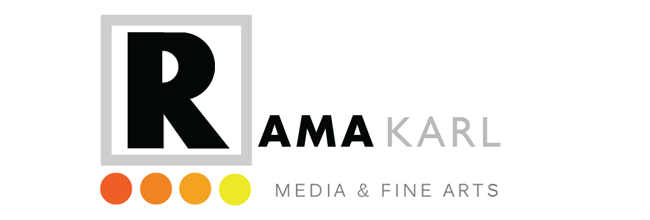Visions of Virtuality is a series of works to imagine novel, creative futures for Virtual Reality. Working as an invited conceptual media artist with High Fidelity, Inc., this series considers possible directions in VR without technical limitations. What is the future of VR?
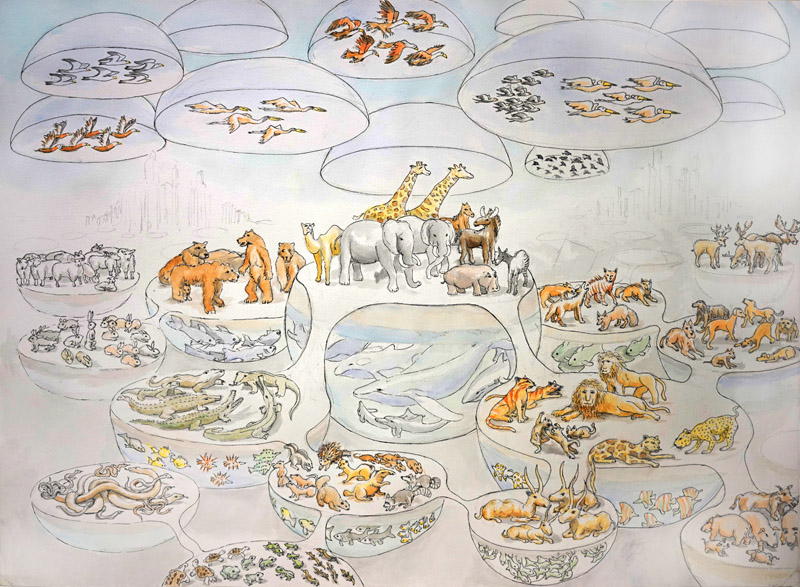
The current state of VR is often driven by massive static environments with a few moving characters. What if VR could be as dense and dynamic as the jungle? Such a world enables new possibilities. For example, animal sprites could represent the emotions of a player, and follow the player around like the Pied Piper, interacting with the animals of other players.
Another vision, shown above, is a Virtual Zoo in which the subtle behaviors of any animal can be experienced. Many animals are so rare and local they can only be observed in the zoos of other nations, which are not easily accessible. A virtual zoo, recorded with motion capture, would act as a dynamic encyclopedia of the motions and natural behaviors of all animals. One could interact with an elephant shrew or a tarzan chameleon.
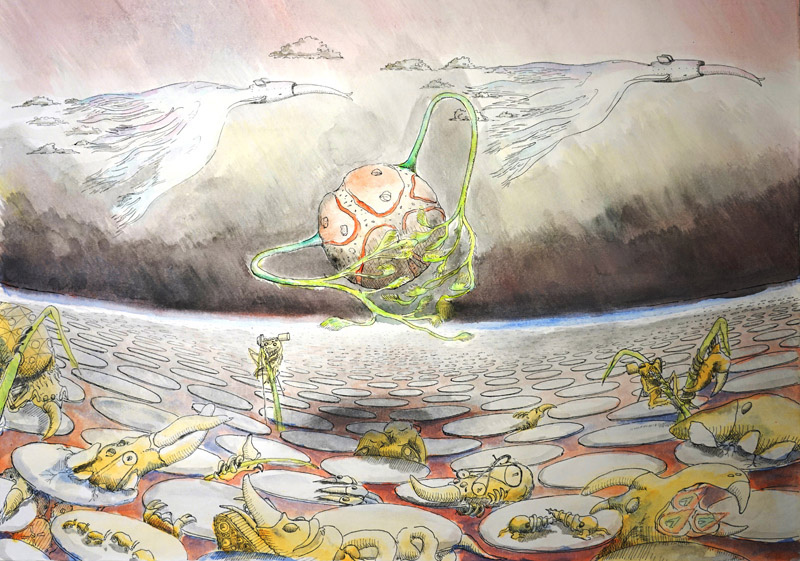
The nature of digital media allows for any type of object, bounded only by our imagination. Yet the industry often pursues experiences that attempt to mimic real reality – mountain climbing, car racing – these are plausible realities that allow us to be immersed in a fantasy without physical dangers. But what are the unplausible worlds that VR could offer? Machines that embody paradoxes, that are perpetual and perplexing. An exploration of the history of technology, its dangers and limitations, this is the Land of Shameful Machines.
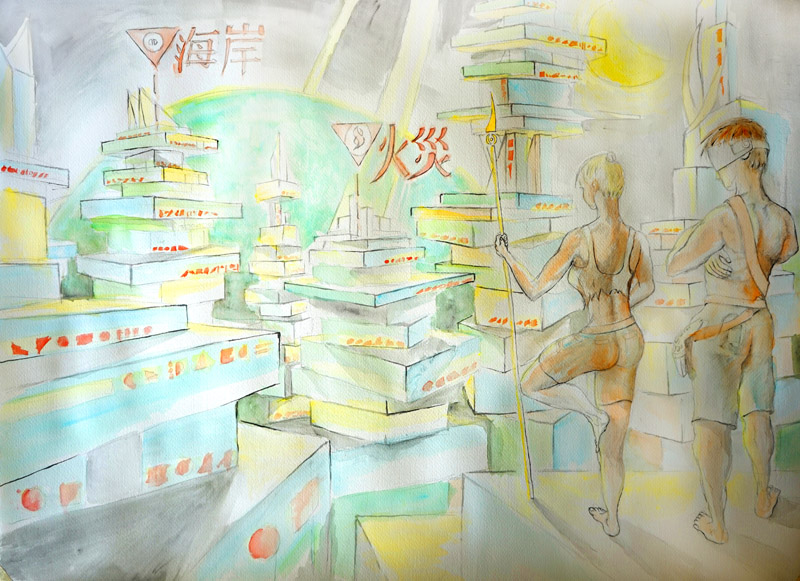
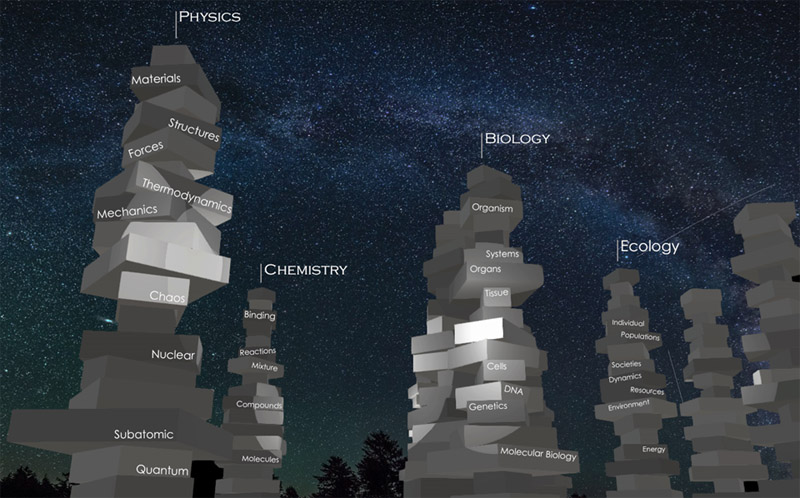
Virtual reality is often conceived as a reflection of physical reality. What if VR was transformed to be a space for ideas rather than objects? There is some connection here to the hyper-networked spaces of The Matrix or Johnny Mnemonic. These are motion picture conceptions, often based on classical science fiction. What would a practical VR world of ideas look like? Many real issues of usability arise. How do you know where you are? How do you find where you are going? What cues are there for the scale and size of ideas? This work imagines a convergence of data visualization and procedural modeling to create a practical, navigable landscape of ideas.
